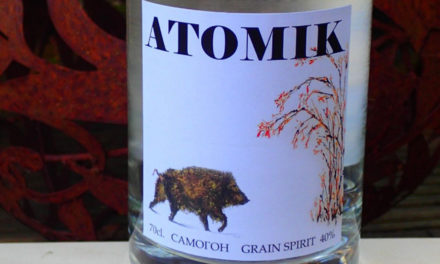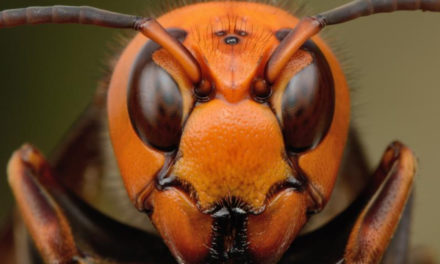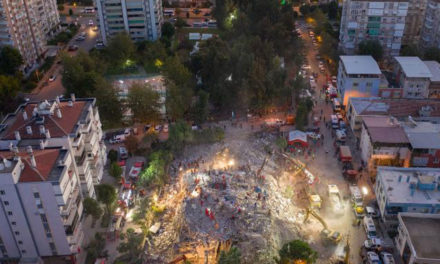Just Planting More Trees Will Not Be Enough But other scientists who were not involved in the study were more sceptical about the magic effects of planting so many trees. “Restoration of trees may be ‘among the most effective strategies,’ but it is very far indeed from ‘the best climate change solution available,’ and a long way behind reducing fossil fuel emissions to net zero. Yes, heroic reforestation can help, but it is time to stop suggesting there is a ‘nature-based solution’ to ongoing fossil fuel use. There isn’t. Sorry,” said Myles Allen, a geosystem science professor at Oxford, the AFP news agency reported.
Ireland’s Massive Afforestation Scheme Meets Resistance
Despite its relatively small population, Ireland is one of Europe’s worst climate offenders. It has a lot of livestock for beef and dairy farming and still burns a lot of fossil fuels, particularly natural gas, for electricity production. In 1900 Ireland had just 1% forest cover, but now has 11% and has just committed to planting 8,000 more hectares every year to reach 18% coverage. The thinking is that enough trees will offset carbon dioxide emissions as Dublin tries to avert fines for missing targets on CO2 emissions and renewable energy. But the problem is the type of trees being planted. A type of fast-growing pine tree, called the Sitka spruce, has been planted almost as a monoculture in dense plantations. The Sitka spruce is originally from North America but thrives in Ireland’s damp temperate climate. It grows extremely quickly and also acts as an important commercial entity, as it is supplied wood for pulp, plywood pallets, and building materials. In Leitrim county in the northwest of Ireland, a huge number of Sitka spruces have been planted and locals have had enough. “We’re not anti-trees, we’re anti-this. It’s industrial monoculture – a green barrier all around us. It’s horrible,” Willie Stewart, from Drumnadober, told the Guardian. A local farmer, Jim McCaffrey, said that the spruce forests are a death sentence for the area. “The forest closed in bit by bit. The trees eclipse sunlight, exude mist and block wifi and phone networks, inducing isolation,” he said. Commercial planting of the conifer plantations began in the 1960s and there now more than 34.5 million of them in Leitrim alone.
Locals Fight Back
But activists in the sparsely populated county – it has just 32,000 residents – are mounting a campaign called Save Leitrim, to roll the plantations of Sitka spruce back. Activists question the climate credentials of these non-native trees. They argue that native species such as the Oak, and the peat bogs that were here before the plantations suck up more CO2. Campaigners have stalled the growth of the Sitka plantations by filing multiple planning objections thereby clogging up the system. There are signs that the dominance of the Sitka in Ireland may be on the wane. The Irish government’s target of planting 8,000 new hectares per year does not specify what trees they are. Last week, Collite, a state-owned forestry company, announced that nine forests of commercial timber, almost entirely of Sitka spruces, would be converted to a different type of forest with native species, which would mainly be focused on recreation and biodiversity.]]>
- Why is California So at Risk from Wildfires? - 13th November 2019
- Carbon Offsetting is Growing but Does it Make a Difference? - 11th November 2019
- Three Confirmed Dead as Australia Prepares for “Catastrophic” Bushfires - 11th November 2019






